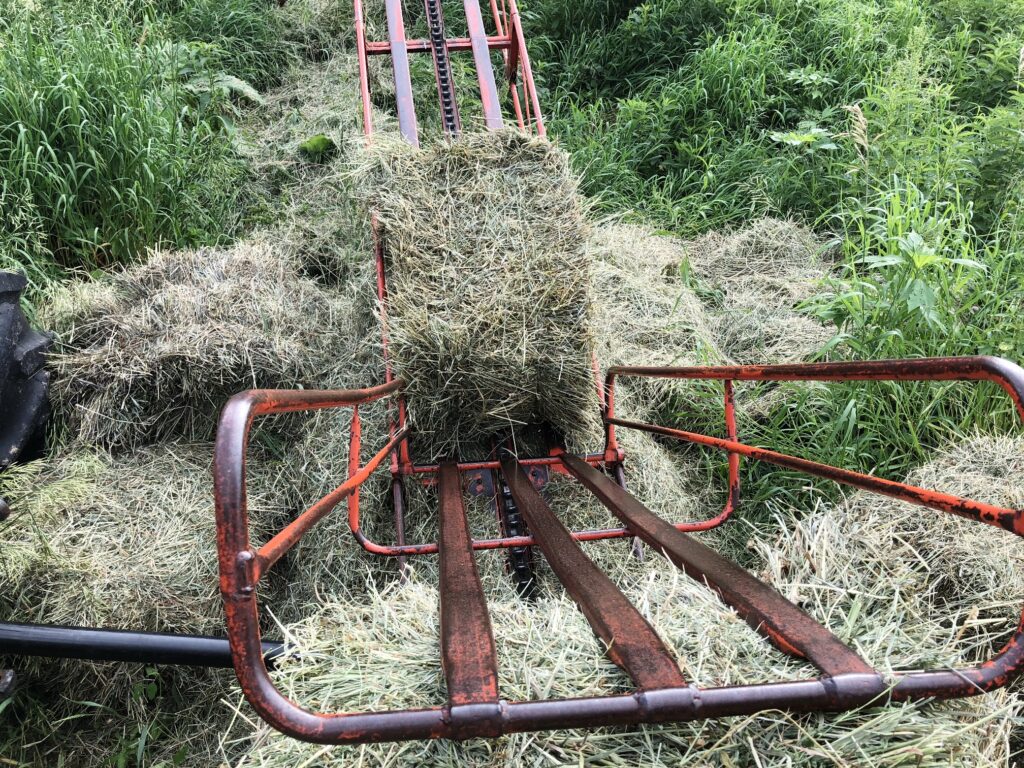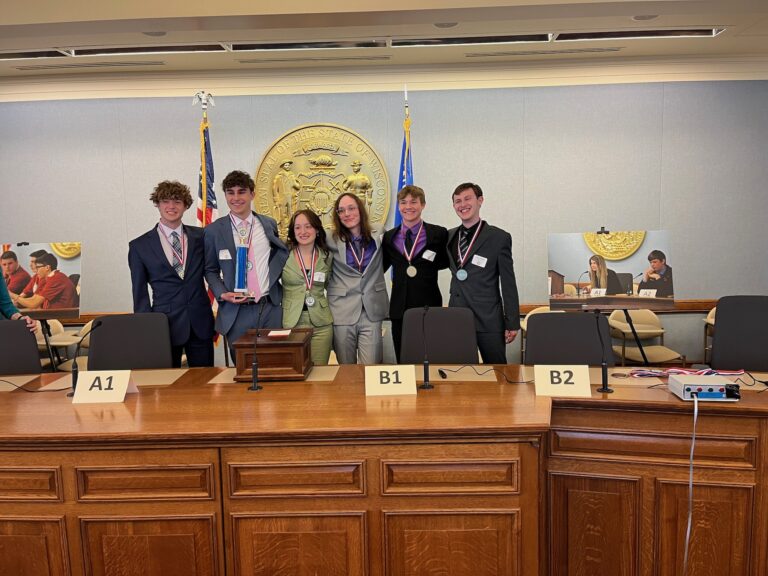Back Home by Chris Hardie
- Download this column as a Word document
- Download the photos that accompany this story
- Chris Hardie’s headshot
The height of summer often brings back many fond memories of growing up on the farm – building dams in icy creek on blazing hot days, catching fireflies on warm humid nights and falling asleep to the sound of the whippoorwill.

But the season of haying and the tasseling corn also brings back some mighty miserable days where I found little relief from what English physician John Bostock described in 1819 as a case of periodical affection of the eyes and chest, which he later called summer catarrh. It later became known as hay fever.
Mayoclinic.org says hay fever – properly termed allergic rhinitis – causes cold-like symptoms like runny nose, itchy eyes, congestion, sneezing and sinus pressure. It is an allergic response to what the body defines as a harmful allergen.
For me, that was pollen. While avoidance is one of the treatments, that is impossible when you live on a farm. From the moment that the trees budded in the spring to the killing frost in the fall, my spring and summer was the season of agony in a phlegm-filled world.
Bostock – who suffered from hay fever himself – wrote about his symptoms and attempted cures. He tried bleeding, purging, blisters, diet, bark, tonics, iron, opium, mercury, cold bathing, digitalis, cold bathing and topical eye applications.
Bostock thought hay fever was a form of a summer cold, but suspected a link with grasses. “…an idea has been very generally prevailed, that it is produced by the effluvium from new hay, and it has hence obtained the popular name of hay fever,” he wrote.
It was another fellow hay fever-suffering British scientist Charles Blackley who in 1859 determined after many tests that it was not coumarin – the substance responsible for the smell of new hay – but rather pollen that was the cause.
Thankfully my parents did not resort to purging or bleeding, but I did take antihistamines. But even they were no match for the pollen that billowed out of the hay. My dad’s solution to alleviate my symptoms was to have me unload the hay wagons in the fresh air.
It may have helped a little, but I would still be constantly sneezing, squinting and snotting, wiping my face with the back of my hand as I unloaded the wagons. I looked demonic as it was normal for my puffy eyes to itch and burn and be fire red.
My worst enemy came mid-summer when the tassels emerged in the corn fields. The male flower of corn plants produce spikelets that grow anthers that contain pollen. A single corn plant can produce between two to five million pollen grains.
Once my developmentally disabled cousin got lost playing in the corn field. We found her after a short search, but when I emerged my eyes had swollen shut because of the pollen.
In my early teens we decided to try immunotherapy as a treatment. The idea was to receive regular injections containing tiny amounts of allergens with the goal of getting your body used to them and decrease the need for medications.
The first step in this process is to determine what triggers allergies, which is done by injecting small amounts of allergens under the skin. If allergic, raised bumps or hives appear after 15 to minutes.
I was an allergy celebrity that day because the only allergen that did not evoke a positive response from me was dog. Mixed grasses swelled so quickly and grew so large that it overtook nearby injections. Nurses whispered in the hallway about never seeing anything like it before.
It was a small consolation that my misery was the cause of such medical excitement.
Immunotherapy was started – which can take years. It continued through high school and even into college before I stopped.
The good news – it worked. I am able to withstand the pollen season without many symptoms and don’t even take antihistamines much anymore. Unfortunately, the long-term allergies contributed to a couple of sinus surgeries, but I am no longer the sneezing, wheezing, mucus-manufacturer that I once was.
If only there was immunotherapy for getting old.
Chris Hardie spent more than 30 years as a reporter, editor



